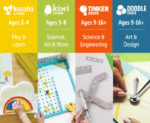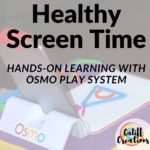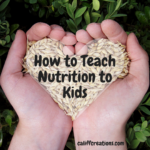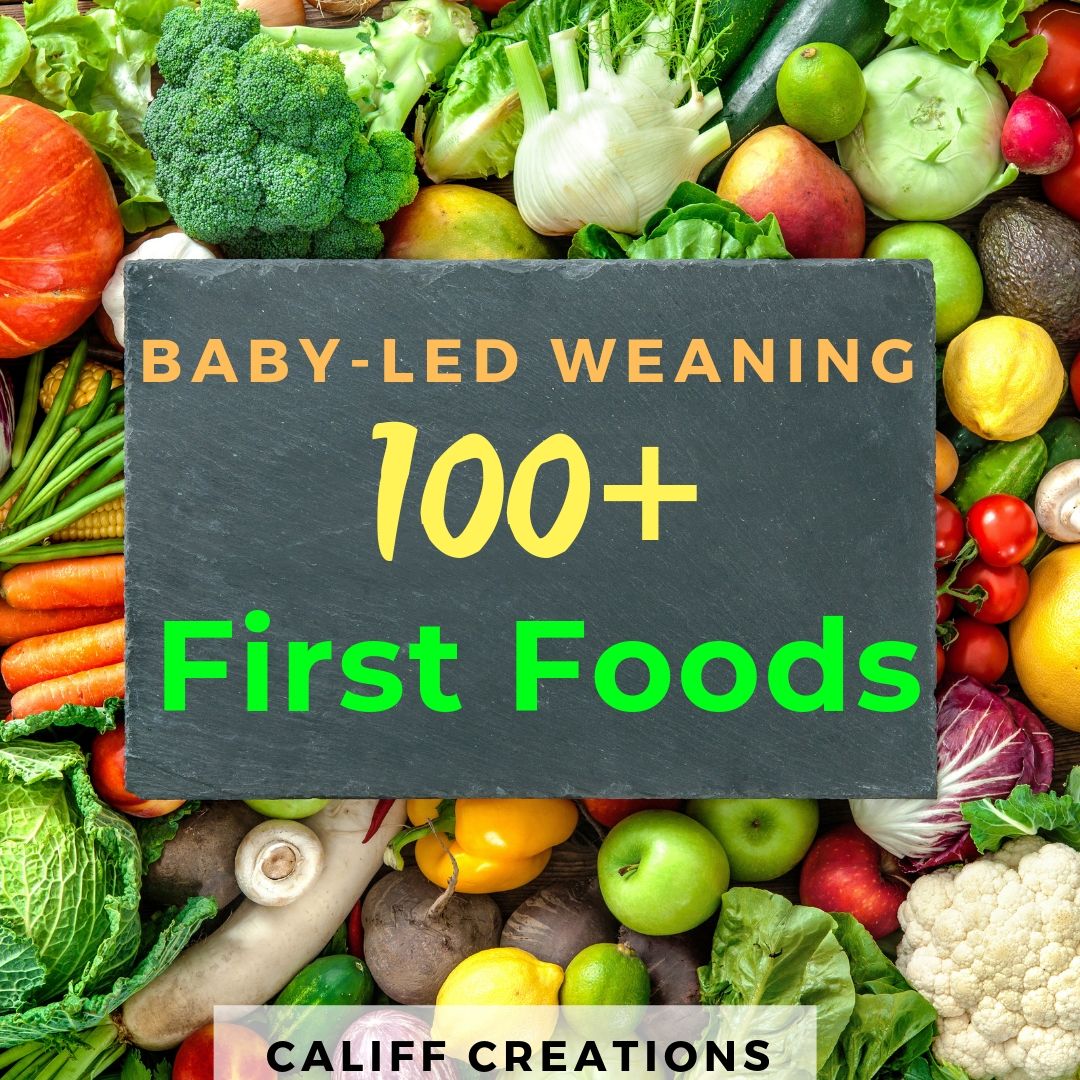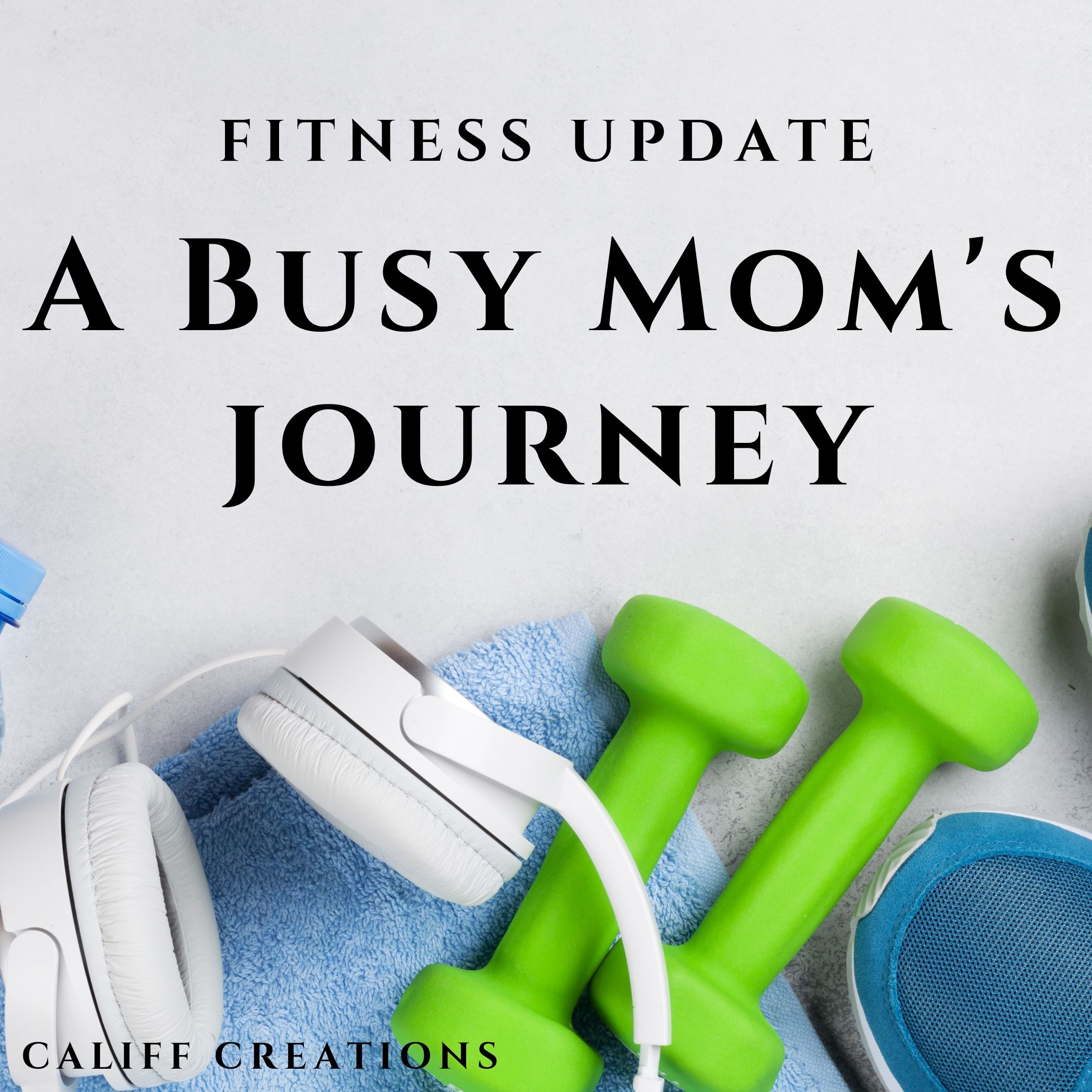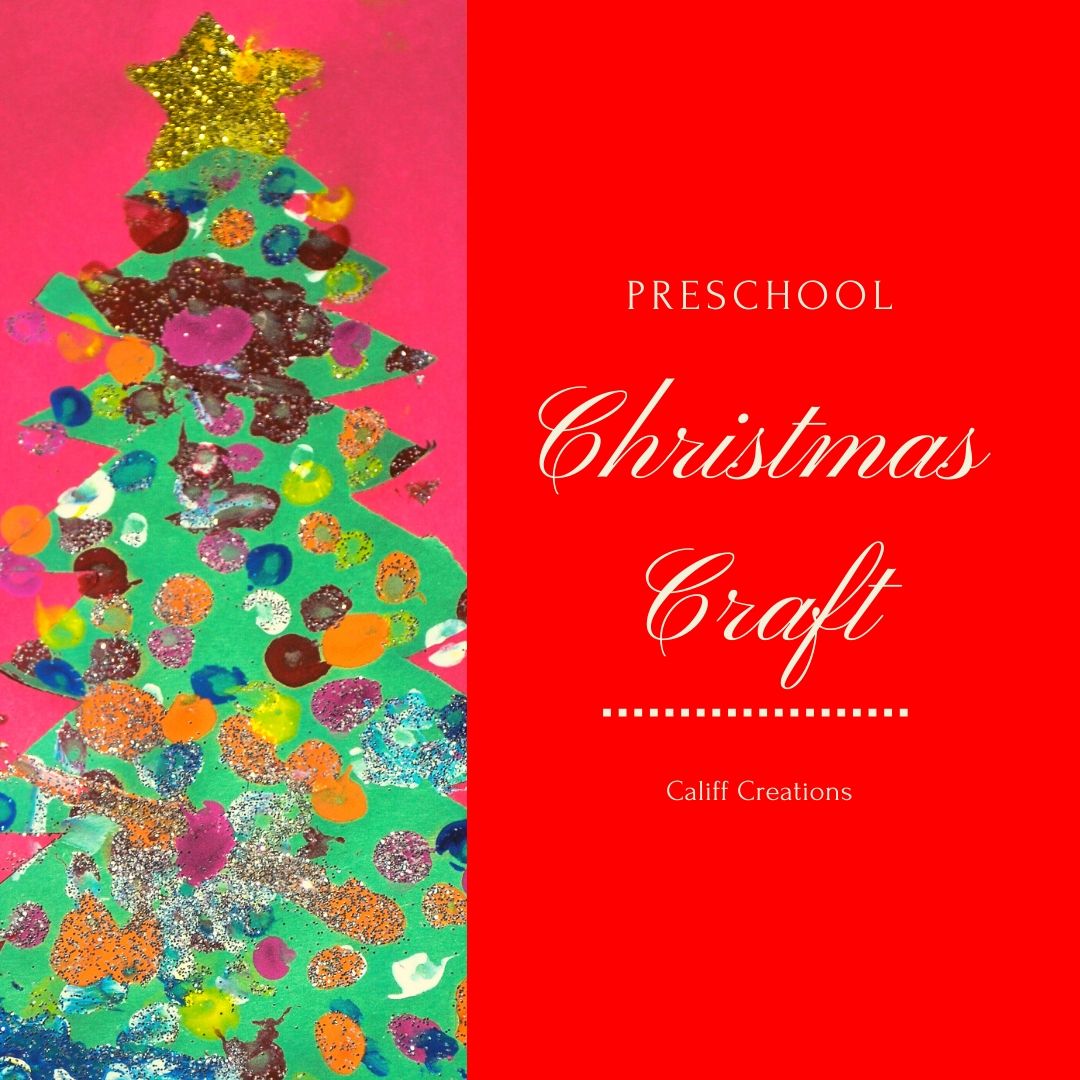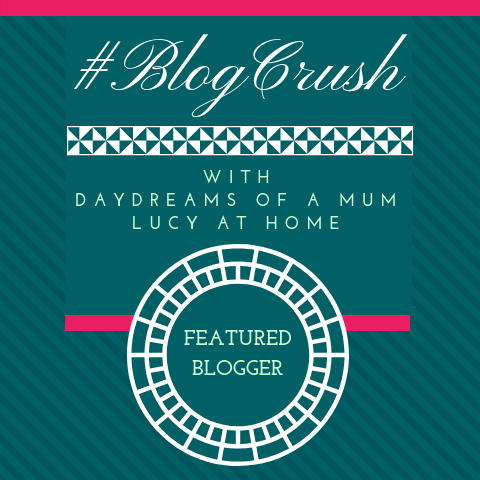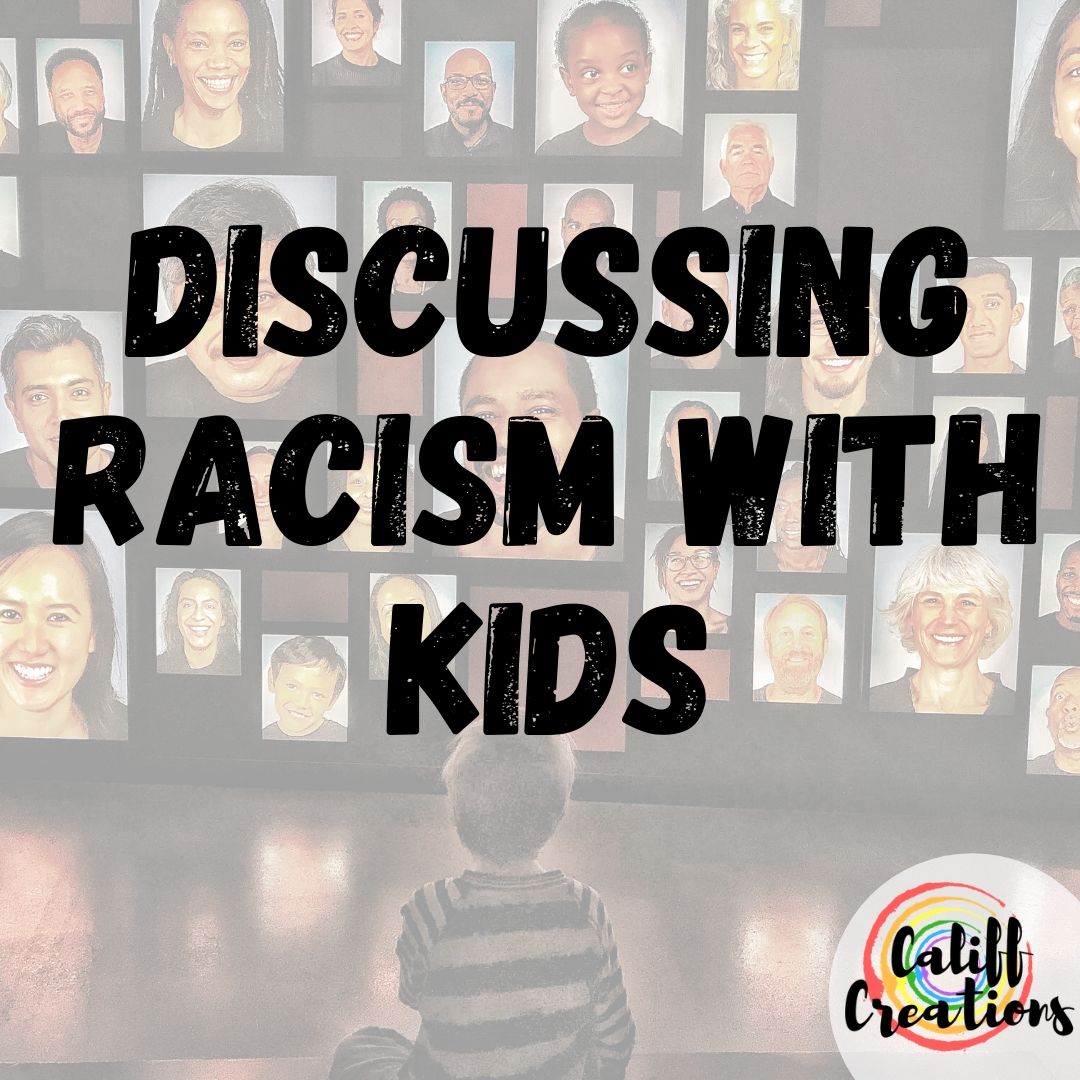
Racism: How to Raise Kids to be Anti-Racist
I muted and listened and searched for words. Nothing I can say will truly make a difference but I can’t stay silent. Racial justice is within our grasp as long as we continue to demand it. We need to actively work to raise our children to be conscious, accepting, and kind to all. Many parents, myself included, have found themselves wondering, “how do I help my child understand racism?” I’m going to try and address this to the best of my ability.
First, I do have a few things to say.
Silence is not an option for me when it involves human rights violations. For all lives to matter, by definition, black lives matter, and right now they need help. Califf Life Creations has always been apolitical by design and it is my opinion that this issue is as well. It should not be about politics.
We are fighting for human rights and liberties and that is something that I will always stand up for. I believe that everyone, every American and every human being has the right to liberty, justice, and the pursuit of happiness and I will fight to defend that right.
This post includes affiliate links. That means that if you purchase through these links that Califf Creations will receive compensation that is of no extra cost to you. This helps cover the costs of Califf Creations. You can read more on my disclaimer page.
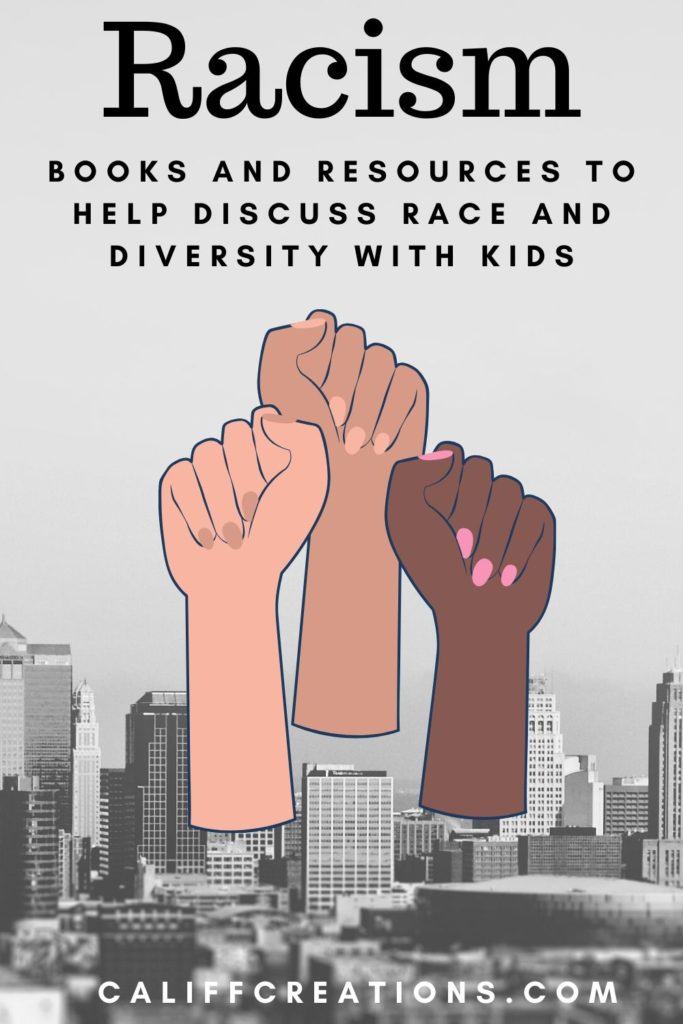
Raising Anti-Racist Children
One of the best ways that I can invest in our future as a unified human race is to raise children who understand racism and choose to be anti-racist. I plan to do this by modeling the behavior I expect to see from them and exposing them to different races and cultures.
It is not about being color blind.
There are inherent cultural differences between groups of people just as there are biological differences between the sexes. We need to recognize and celebrate these differences instead of fearing them.
“The Only Thing to Fear is Fear Itself.”
The quickest burning fuel for fear is ignorance. If something scares you, ask yourself how much you know about it and then educate yourself. Listen to people with a difference of opinion and you will find that it was never frightening in the first place. This applies to fears surrounding race and sexual orientation as well as things like sharks and storms.
It’s all about exposure.
Expand your horizons by trying new things. Maybe that is in the form of a cultural dance or world music class. It could take the form of visiting more diverse areas.
What’s in a Face?
Recognizing similarities and differences between people is an important tool to have as a citizen of the world. Kids are fascinated with other people’s faces and that opens up some amazing opportunities to learn. When we encountered an exhibit about skin at a science museum, my son was captivated by this wall of faces of every shape, size, and color. He just sat and took it in for a while before he and discusses what he saw. You can read more about this exhibit in my Instagram post.
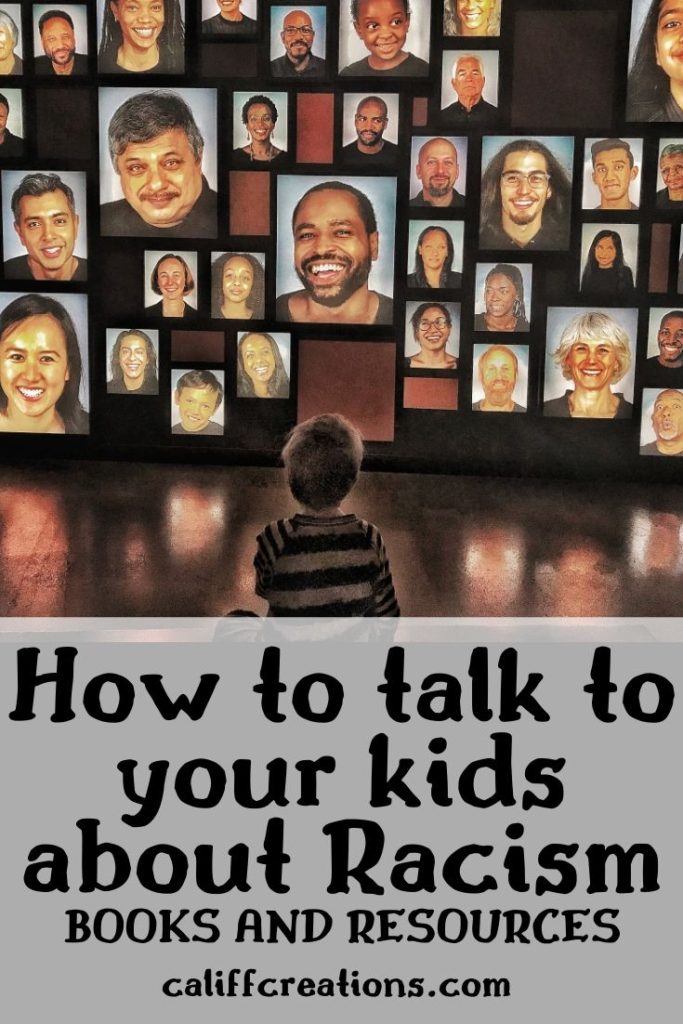
How do I help my child understand racism?
Sit them down and talk to them. They might amaze you! Even if they don’t understand the hate (hopefully they haven’t experienced it themselves) the act of talking about it makes it so that the subject is no longer taboo. They know that they can ask you questions and discuss the topic. This helps to raise kids to not only understand racism but to question the world around them and look for areas to improve.
I’ve compiled a few blog posts from some amazing black women that I’d like to share as a way to educate yourself more about racism.
Your Kids Aren’t Too Young to Talk About Race: Resource Roundup from Pretty Good Design has a wonderful, comprehensive list of resources for kids and adults.
Morgan Owens wrote a compelling blog post titles “I am a Black Woman, First” that talks about her experience with racism when she was only in 2nd grade.
Simply Daph wrote two articles to read. The first is “Diary of a Black Woman” in which she discusses her thoughts on current issues and another that got me close to tears and includes many resources on how you can help in the efforts for justice. The second is titled “Pulse Detected- away with knees on our necks”.
Listening and talking to these women opened my mind and showed me the way. I kept thinking I needed to do something big until I spoke with Jasmine Wyrick (Jack Likes Nice Things). She told me that “the solution is small actions that snowball into large changes.” This is what we do moving forward. Small changes that stick to each other as they gain momentum and create change. Check her out on Instagram!
I also shared a lot of inspiring black women’s stories to my Instagram highlights. If you want to read more check them all out here.
It is important to listen and show our children that we are willing to grow. That we can work to right a wrong. Show our children how to do what is right when it comes to racial justice and diversity in general.
Let’s actively work together to raise a future that is more accepting of race and diversity, full of kindness, and more hopeful for our children to grow up in.
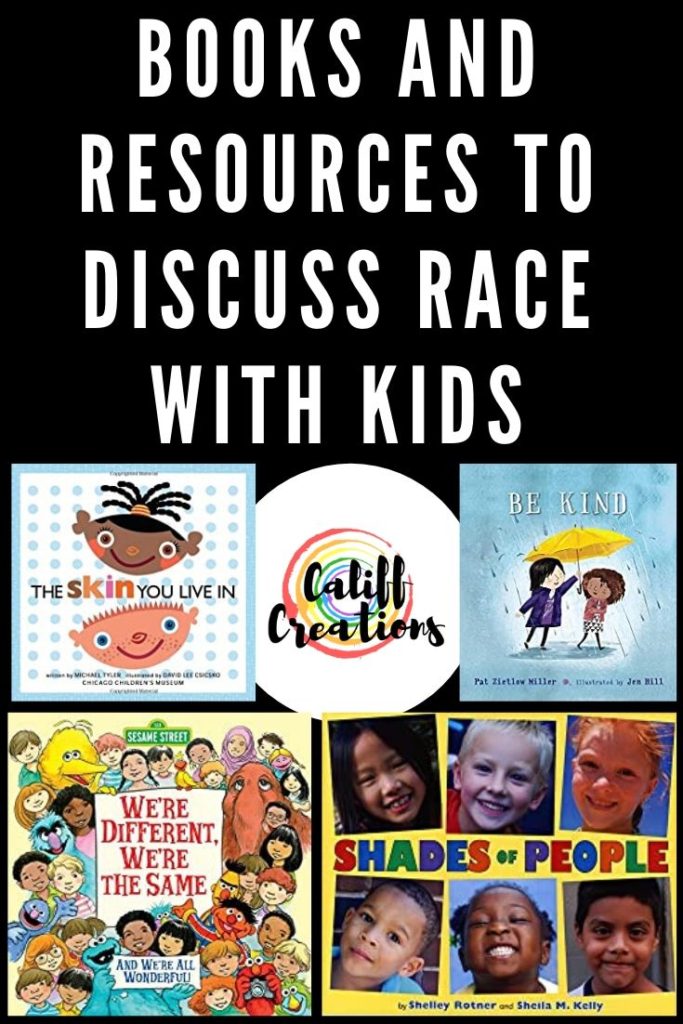
Here are some great books that celebrate diversity and encourage empathy.
I have found that with kids, reading books is an excellent way to open up discussion and expose them to new ideas. Click on the pictures to read more about each of these books. There are a lot on this topic and I could have added more but these were the ones that were either recommended to me or I have read personally. It’s a long list so if you have to, pin this post to refer to it later!
And a couple of books that are on my reading list are:
For more books, check out these resources.
The Brown Bookshelf promotes black writers for young readers and has lists from picture books to adult novels.
Common Sense Media is a great resource for book lists. They have lists of books that teach empathy, racism and social justice, and books with characters of color.
Social Justice Books has age-appropriate book recommendations for various social topics as well.
The New York Times came out with a list of kid’s books about racism and protest that you can find here.
10 Children’s Books to Teach the Importance of Race from Teach Workout Love
Books to Inform and Enable Conversations about Race from Lady in Read Writes
Mix it up with Movies too!
Books are preferred but movies often allow for some great discussion as well. I love how there are Disney Princesses that represent different races from China (Mulan) to the Middle East (Aladdin) and Polynesia (Moana). Princess and the Frog is a favorite in my house. The kids love to dance to that music from New Orleans!
Now, I know that these movies will have a lot of inaccuracies but instead of glossing over it and ignoring it, use this as a tool to educate yourself. After watching the Princess and the Frog we started to listen to different Jazz and Blues players from New Orleans. When they were obsessed with Moana we could use it as a tool to engage them in learning about the real Polynesian culture. This can be applied to any of these movies to spark a discussion.
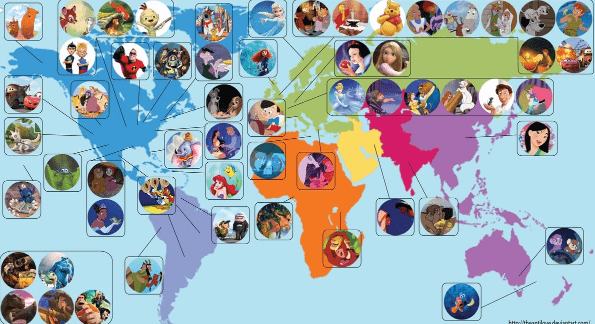
Ok, but what about a kids movie that sparks conversation about racism?
Animated movies based in different cultures are great for exposure but what about talking to your kids about racism? Is there a movie that can open that conversation up?
Yes!
It is called Zootopia. If you haven’t seen it, it is a movie about a bunny that moves to the big city where predators and prey get along only to find out that it isn’t so peaceful after all. You can see how scars run deep in the prey and how they haven’t forgotten the wrongs from the past. Predators still run their world and they are sick of it. In the end, though, everyone realizes that harmony is truly the best way to move forward and thrive!
It’s a wonderful metaphor that can get kids thinking about the issue and how to accept everyone, even if they are a little different.

More resources to help you teach your child about racism, diversity, and acceptance.
CNN and Sesame Street came together in a town hall special to discuss racism. You can stream it from cnn.com
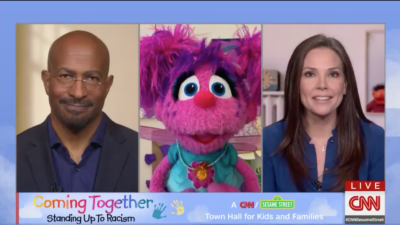
Back to Common Sense Media, they have a great compilation of media resources about race and racism that you can check out here.
The Zinned Project is dedicated to teaching people history and has teaching resources for just about every topic from the Civil Rights Movement to LGBTQ+, environment to immigration. You can browse by theme or search by grade level. It’s a great resource for parents interested in educating their children as well as themselves.
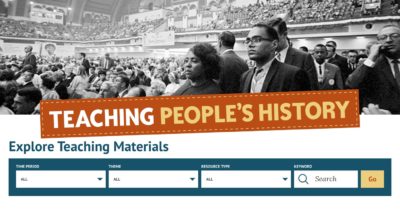
“Black Lives Matter At School is a national coalition organizing for racial justice in education. We encourage all educators, students, parents, unions, and community organizations to join our annual week of action during the first week of February each year.” – quoted from the Black Lives Matter at School website. This organization put out free, downloadable lessons to challenge racism, oppression and build happy and healthy classrooms. Find these resources here.
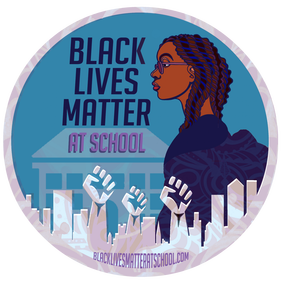
Aha! Parenting has a great article about talking to children about racism and police brutality.
The Concious Kid on Instagram shares a lot of great resources for raising kind and loving children.
A Parent’s Guide to Teach their Children about Racism from The Labouring Mom has some more book suggestions and her thoughts on racism.
Ela Wild has never discussed race, but kindness is a theme that runs through the “What Nature Can Teach Us” series and there is one post dedicated to teaching kids to be kind through nature.
Follow Me!





















